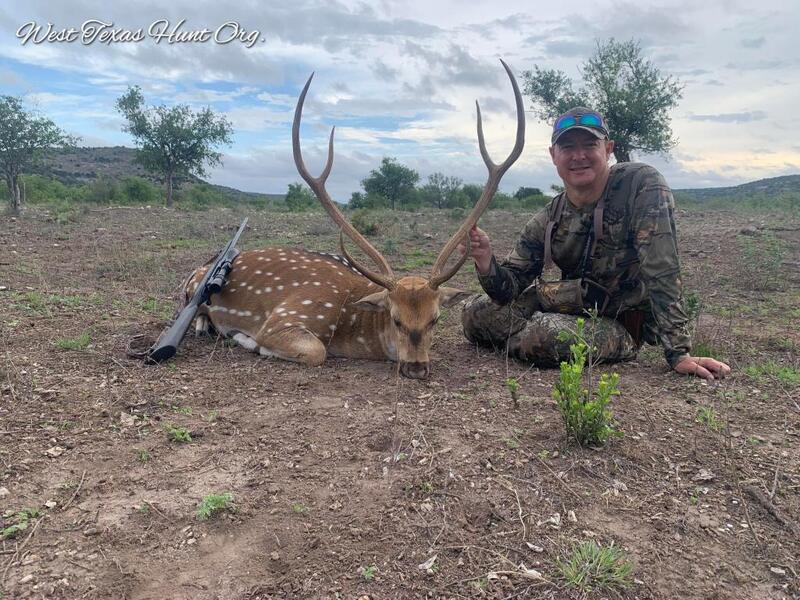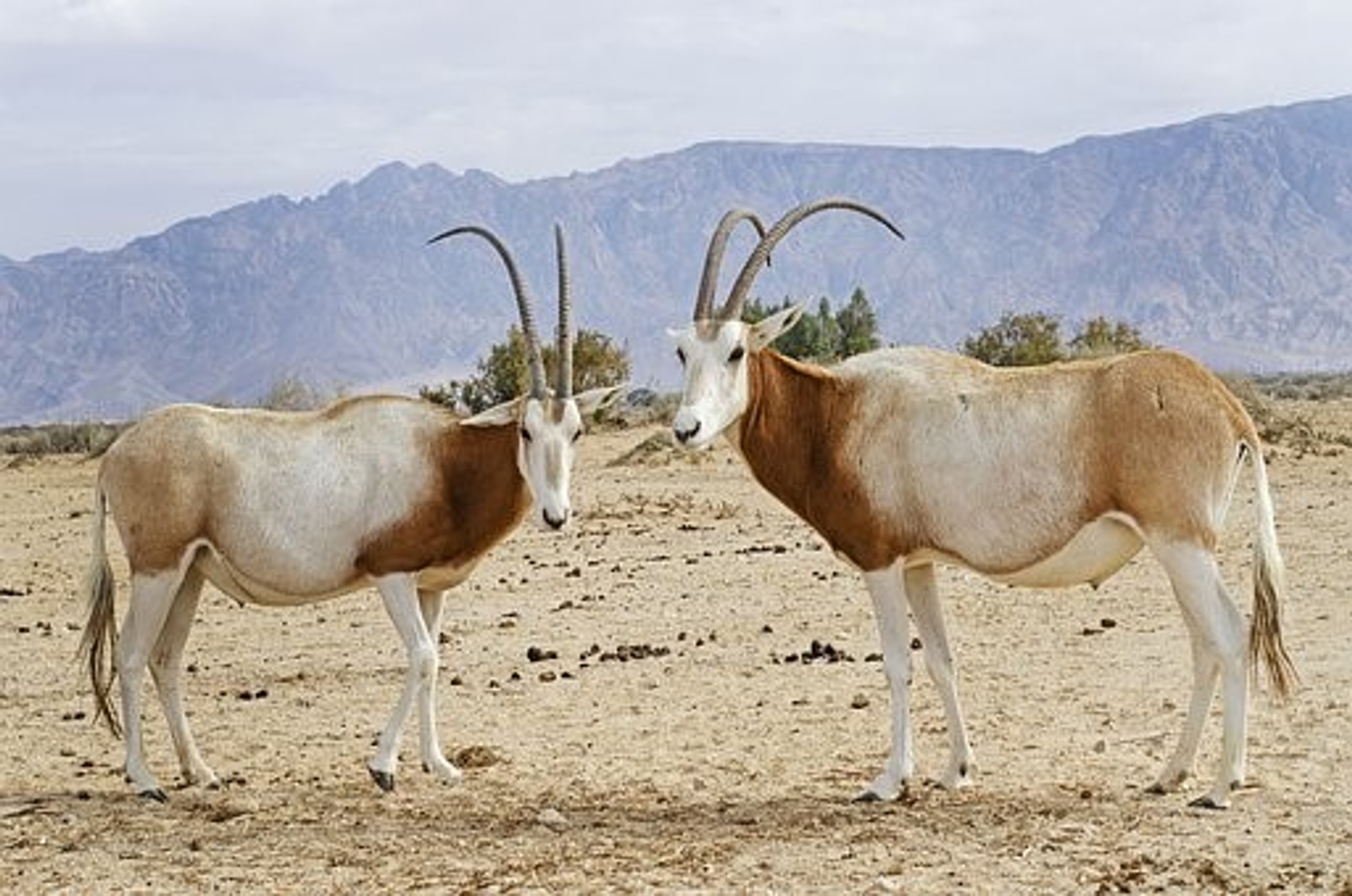Top Destinations for Remarkable Free Range Axis Hunts in Texas
Top Destinations for Remarkable Free Range Axis Hunts in Texas
Blog Article
Discovering the Excitement of Searching Adventures in Diverse Landscapes
The quest of hunting in diverse landscapes provides a fascinating junction of skill, approach, and respect for nature. Each surface, from the marvelous heights of the hills to the elaborate ecological communities of marshlands, offers unique obstacles and incentives that can dramatically form the searching experience.
Hill Searching Experiences
As seekers ascend the rugged surface of hilly regions, they usually come across a special mix of difficulties and incentives that specify the hill searching experience. The altitude and steep slopes require not only physical endurance yet additionally calculated preparation. Browsing rough outcrops and variable weather can check even the most seasoned hunters.
The main appeal of mountain hunting lies in its spectacular landscapes and the possibility to pursue elusive game species, such as hill goats or elk, which are adjusted to these extreme atmospheres. Spotting and stalking these pets commonly requires a keen understanding of their actions and environment, making each effective experience greatly satisfying.
However, security stays critical; hunters need to equip themselves with ideal equipment and understanding to take care of the unpredictable elements of the mountains. On the whole, hill searching uses a compelling combination of journey, ability, and respect for the environment that remains to attract enthusiasts every year.
Forests: The Heart of the Search
Involved in the dense plant of woodlands, hunters participate in a complex experience that combines strategy, ability, and a profound connection to nature. Woodland hunting offers one-of-a-kind difficulties and benefits, as the thick underbrush and imposing trees develop a complex atmosphere for both killer and target. The element of stealth becomes extremely important, requiring hunters to browse quietly via the foliage, attuned to the audios and movements of wild animals.
In these ecosystems, the diversity of species contributes to the enjoyment. From deer and wild boar to smaller video game, each quest requires a customized strategy. Recognizing pet behavior and habitat preferences is vital for success. The forest's detailed routes and all-natural obstacles commonly determine searching techniques, demanding versatility and quick decision-making.

Open Plains and Video Game Monitoring
Open levels use a large area that provides distinct possibilities and difficulties for hunters participated in video game monitoring. The open landscape permits for visibility over cross countries, allowing seekers to detect game such as antelope, deer, or wild turkey from afar. This very same openness can make it challenging to strategy without being spotted, as animals have an unobstructed view of their surroundings.
Successful video game tracking in these environments requires a keen understanding of pet habits, specifically their watering, feeding, and movement patterns. Knowledge of the surface is crucial; seekers need to identify attributes such as verdant ridges, watering openings, and all-natural cover that can assist in critical positioning. Wind direction plays an essential duty in lessening scent discovery, demanding cautious preparation in technique.
Using monitoring techniques, such as observing tracks, droppings, and feeding indications, can offer beneficial insights right into pet motions. The capacity to review the land and adapt to moving conditions boosts the likelihood of a successful quest. Ultimately, the excitement of monitoring game across open levels lies not just in the pursuit however also in the proficiency of skills that connect seekers to the wild landscape they browse.
Coastal and Marshland Adventures
The special setting of seaside and marshland locations offers hunters with a different set of opportunities and difficulties compared to the substantial open plains. These abundant ecosystems, defined by a mix of deep sea and freshwater habitats, provide varied wildlife, including waterfowl, migratory birds, and different tiny game varieties. The vibrant nature of tides and seasonal modifications can substantially influence game availability, requiring hunters to adjust their approaches as necessary.

In addition, weather, such as high winds and rainfall, can play a considerable role in searching experiences (free range axis hunts in Texas). Thus, prep work and understanding of neighborhood problems are critical. Eventually, seaside and marshland experiences offer an exhilarating searching experience that challenges even the most seasoned seekers, highlighting the relevance of adaptability and environmental recognition
Tips for Diverse Terrain Searching
Navigating diverse terrains requires a tactical technique to make best use of searching success. Each landscape offers unique obstacles and opportunities that hunters need to understand to flourish.
Firstly, familiarize on your own with the certain qualities of the terrain-- whether it be hilly, forested, or arid. Studying topographic maps and satellite images can give understandings right into the very best courses and possible video game trails. free range axis hunts in Texas. Furthermore, think about the climate patterns, as they can greatly affect pet motion and actions
Secondly, adjust your equipment to match the setting. Lightweight equipment is necessary for mountainous regions, while water resistant equipment is critical for marshland. Constantly guarantee that your camouflage lines up with the natural colors and structures of the landscape to improve camouflage.
Additionally, method perseverance and monitoring. Hang around quietly scanning your surroundings; many pets are skilled at mixing into their environment. Make use of phone calls and aromas that simulate neighborhood wild animals to attract your target.
Lastly, work together with experienced seekers knowledgeable about the surface. Their knowledge can use very useful tips and enhance your general success while guaranteeing security in unknown landscapes. By utilizing these approaches, seekers can effectively navigate varied terrains and boost their chances of a gratifying experience.

Verdict
The exploration of searching experiences across diverse landscapes reveals the detailed connection between people and nature. Each environment, from tough hills to dense woodlands, open levels, and seaside marshlands, offers try this website distinct challenges that improve the hunting experience. These varied surfaces not just call for ability and flexibility however additionally cultivate a deeper admiration for wild animals and the communities in which they thrive (free range axis hunts in Texas). Eventually, the thrill of the quest is enriched by the elegance and complexity reference of the all-natural world.
Each surface, from the stunning elevations of the mountains to the intricate ecosystems of marshlands, uses distinct obstacles and incentives that can substantially shape the hunting experience.As hunters ascend the tough surface of hilly areas, they often run into an unique mix of difficulties and incentives that specify the hill hunting experience. Woodland searching presents unique obstacles and benefits, as the thick underbrush and imposing trees develop a complex atmosphere for both killer and target. Eventually, seaside and marshland journeys provide an exhilarating searching experience that tests even the most seasoned seekers, highlighting the value of flexibility and environmental recognition.
Each environment, from rugged hills to thick forests, open plains, and coastal marshlands, presents one-of-a-kind obstacles that boost the hunting experience.
Report this page